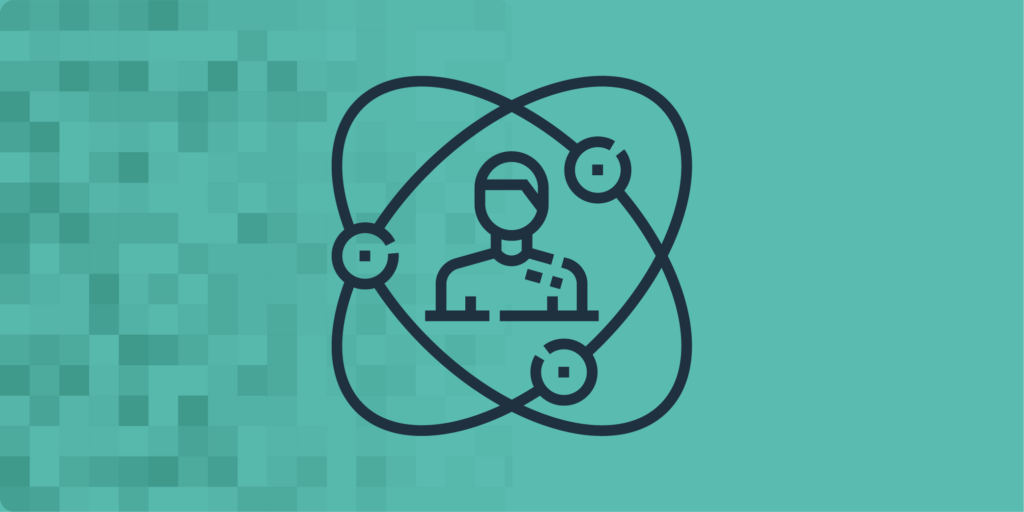Table of Contents
As people, it’s easy to notice a negative story in the news, because that (unfortunately) resonates with us more than a positive experience can. A study that was conducted by Ph.D. and Psychologist author Guy Winch states that our brains have a “negativity bias”. When we come across a negative experience, we’re more likely to react to them than we are to react to positive stories. In fact, stories that cover positive news are 26% less likely to be read than negative topics. By the same thread, we can see that customer experiences generate the same reactions. Studies show that customers are twice as likely to share a negative experience they had with your brand rather than a positive one. How are we to change the experiences we give our customers? And how can we make a positive impact that resonates with people?
What is Customer Friction?
The context of friction in a business setting aligns with the actual definition of friction. Friction with customers is anything that can stand in the way of the customer completing their journey. This can range from small things like abnormally long wait periods or shipping costs to larger controversies like incorrect orders, poor customer service calls, or escalation of service inquiries. Customers can just as easily get friction from the marketing or sales departments as well. On the sales side, it may be due to a lack of CRM and therefore the lack of open deals that a salesperson would need to track where the customer is at in the buying process. This can frustrate a customer and cause them to back out on a sale.
With your marketing team, something as subtle as a promotional offer being redeemable by a form that malfunctions can cause a potential customer to react negatively due to the promotion being ineffective to them. If something like this happens, it can lead a customer away and potentially to a competing entity that can fulfill their needs. To help you get ahead of these roadblocks, there are a few things we think will help you alleviate some of the caused friction.
What Causes Friction With the Customer Experience?
There are a multitude of factors that can frustrate customers in their experiences, and they should all be considered. A few common issues stay at the top of the list that affects most customer service, teams.
Organization
With that being said, Let’s start with the organization. It should go without saying, the more organized your customer service team is, the more efficiently they work. Without an organizational element, you can assure that your customer base will slow its growth. So what can we do to combat a lack of organization? There are many tools that help with organizing tasks that will help you. In this digital age, many of these tools come online and store information to help you stay in line with your goals. Take Monday.com, for instance, as a solidified “big boy” in the world of organizing business tools. They can help keep your workflow all in one place and help people in your space work collaboratively and in the loop on all projects and tasks that your team needs to keep track of.
Another tool to consider is Slack. Slack is a conversational tool that can help you communicate with coworkers and even lets you segment chat channels based on different conversations you may have. There are plenty of other tools around that can help you organize tickets, communicate on projects, and schedule meetings or calls as well.
Personalization
Personalization is another key factor in helping maintain customer satisfaction and reducing friction. Some customers have an innate trait built into them to be loyalists and that can be an extraordinary thing to have for your brand. People who are brand loyalists are willing to go the extra mile and spend some of their time writing positive reviews, share positive experiences with people by word of mouth, and repeat business with your company multiple times. In order to create loyal customers, you must treat them with the utmost respect. When you react towards them by remembering them, asking them about their past experiences with your company, and showing them that you’re eager to do business with them, this helps create a sense of personalization and that you care about their business. This helps them see that even if you make a mistake, you’re willing to work with them in order to create a lasting experience that they can return to, knowing that you’ll make it right for them.
Customer Data
Lastly, another key factor to consider is Customer Data. By having a record of repeat customers, it’s easier to help them find what they’re looking for in the most efficient manner possible. This can also help keep track of the experiences that they’ve had with your product or service that they didn’t enjoy. By knowing a customer’s history of positive and negative experiences, you can serve them better in the future to avoid friction and provide them with a better experience.
In closing, there are many things you can do to avoid nasty customer experiences and help everyone involved to get the best possible outcome. Some of the solutions listed above are some of the most common responses that have generated better results for businesses. Some of these may work for you more or less, just depending on your consumers. But there is one thing that is universally accepted by customers, and that’s to show that your business cares about their journey and their needs.
If you enjoyed this article, let us know in the comments or share on social media! At WunderTRE, we live for the opportunity to help businesses upgrade their experiences. So, if you need help, check out our customer experience solutions or get started here.
